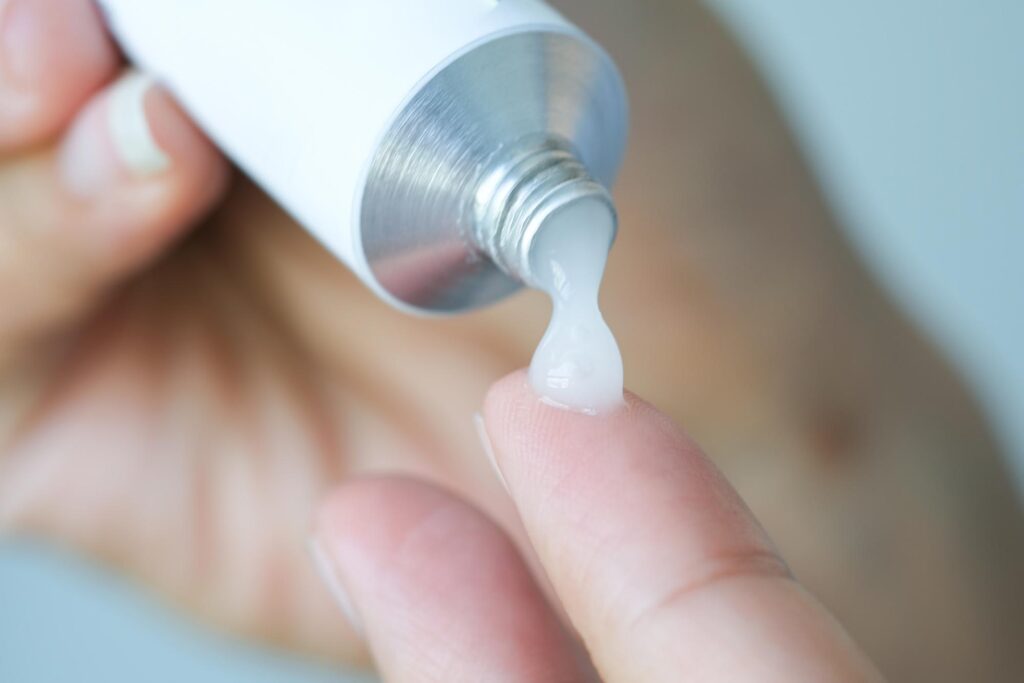Topical Steroid Withdrawal (TSW) is a serious medical condition that can occur after long-term or improper use of topical corticosteroid medications. This challenging condition affects thousands of people who have used steroid creams or ointments to treat various skin conditions.
The symptoms of TSW can be severe and debilitating, including:
- Intense burning sensation
- Red, inflamed skin
- Uncontrollable itching
- Physical and emotional distress
It is important to recognize TSW symptoms early in order to ensure proper treatment and recovery. Many patients mistakenly confuse TSW with their original skin condition, leading them to continue using steroids and worsening their situation.
The long-term use of topical steroids can create a cycle of dependency, where the skin becomes resistant to treatment and experiences increasingly severe reactions. This pattern can result in:
- Thinning of the skin
- Increased sensitivity
- Compromised immune response
- Persistent inflammation
By understanding the complexities of TSW, patients and healthcare providers can make informed decisions about steroid use and explore alternative treatment options when necessary.
Understanding Topical Steroid Withdrawal
Topical Steroid Withdrawal (TSW), also known as Red Skin Syndrome or Topical Steroid Addiction, occurs when your skin develops adverse reactions after stopping long-term topical steroid use. This condition affects patients who have used topical corticosteroids regularly for extended periods.
Types of Topical Corticosteroids That Can Trigger Topical Steroid Withdrawal:
- Medium-potency steroids (triamcinolone, mometasone)
- High-potency steroids (betamethasone, clobetasol)
- Super-potent steroids (halobetasol, clobetasol propionate)
TSW presents distinct characteristics that set it apart from common skin conditions:
TSW vs. Eczema:
- TSW causes burning pain; eczema typically causes itching
- TSW affects previously unaffected areas; eczema stays in typical locations
- TSW symptoms worsen with moisturizer; eczema improves
TSW vs. Psoriasis:
- TSW creates thin, red, sensitive skin
- Psoriasis produces thick, scaly plaques
- TSW spreads beyond original treatment areas
The skin during TSW becomes hypersensitive to environmental factors, temperature changes, and skincare products. Users often report a “rebound effect” where symptoms appear worse than their initial skin condition. This heightened sensitivity can affect daily activities, sleep patterns, and quality of life.
Symptoms and Clinical Variants of Topical Steroid Withdrawal
TSW symptoms appear in different ways, mainly falling into two main types: erythematoedematous and papulopustular variants.
Erythematoedematous Subtype
This subtype is characterized by the following symptoms:
- Intense red, swollen skin across large areas
- Burning sensation and raw skin texture
- Visible blood vessels near the surface
- Edema (fluid retention) in affected areas
Papulopustular Subtype
The papulopustular subtype presents with these symptoms:
- Small, red bumps and pustules
- Widespread rash-like appearance
- Flaking and peeling skin
- Intense itching sensations
Common Symptoms Across Both Subtypes
Both subtypes share some common symptoms, including:
- Severe burning pain (reported by 85% of patients)
- Uncontrollable skin temperature changes
- Sleep disturbances due to discomfort
- Nerve pain and hypersensitivity
- Lymph node swelling
- Skin thinning and texture changes
The intensity of symptoms can vary throughout the withdrawal process. Many patients go through cycles of flare-ups and temporary improvement. Your skin may feel tight, stretched, and painful to touch. Physical activities can become difficult as movement worsens the sensitive skin.
The location of symptoms usually corresponds to areas where topical steroids were previously used. The face and neck regions typically show the most dramatic effects, known as “red sleeve” when affecting the arms and “red sock” when present on the feet.
Risk Factors for Developing Topical Steroid Withdrawal
Several key factors increase your risk of developing Topical Steroid Withdrawal:
- Extended Use of Potent Steroids: Daily application of high-potency topical steroids for periods longer than 4 weeks
- Application on Sensitive Areas: Using steroids on thin-skinned areas like face, neck, and genitals
- Frequent Application: Multiple daily applications beyond prescribed recommendations
- Genetic Predisposition: Family history of skin sensitivity or autoimmune conditions
The physiological impact of prolonged steroid use creates a cascade of skin dysfunction:
Vasoconstriction Effects
- Blood vessel constriction leading to skin thinning
- Reduced oxygen delivery to skin cells
- Compromised healing capacity
Barrier Dysfunction
- Disrupted lipid barrier function
- Increased trans-epidermal water loss
- Enhanced susceptibility to environmental triggers
Cytokine Cascade Impact
- Altered immune response patterns
- Heightened inflammatory reactions
- Dysregulation of skin repair mechanisms
These factors create a complex interplay of physiological changes that can trigger and perpetuate TSW symptoms, making recovery particularly challenging for affected individuals.
Diagnosing Topical Steroid Withdrawal: Challenges and Criteria
Diagnosing TSW presents unique challenges due to its symptom similarities with common skin conditions. Medical professionals often face difficulty distinguishing TSW from:
- Atopic dermatitis: Red, itchy, inflamed skin patches
- Contact dermatitis: Skin reactions from irritants or allergens
- Psoriasis: Thick, scaly patches of skin
Key diagnostic indicators for TSW include:
- History of prolonged topical steroid use
- Symptoms appearing in areas beyond initial treatment sites
- Burning sensation rather than typical itch
- Skin reactions worsening after steroid discontinuation
- Presence of “elephant wrinkles” or skin atrophy
Medical professionals use specific criteria to identify TSW:
- Timeline Assessment: Documentation of steroid use duration
- Pattern Recognition: Characteristic spreading of symptoms
- Visual Examination: Distinct appearance of affected skin
- Patient History: Previous attempts to discontinue steroids
- Response Testing: Skin reaction to steroid withdrawal
The complex nature of TSW requires thorough evaluation and careful differentiation from other skin conditions for accurate diagnosis and appropriate treatment planning.
Treatment Strategies for Managing Topical Steroid Withdrawal Symptoms
The primary step in treating TSW involves immediate discontinuation of topical corticosteroids. This crucial decision requires medical supervision to manage withdrawal symptoms effectively.
Essential Supportive Care Measures:
- Cool compresses to reduce burning sensations
- Gentle, fragrance-free moisturizers
- Zinc-based creams for skin protection
- Regular lukewarm baths with colloidal oatmeal
- Loose, breathable cotton clothing
Medical Interventions for Severe Cases:
- Gabapentin: Helps manage nerve-related pain and burning sensations
- Immunosuppressants: Reduces inflammation and immune response
- Dupilumab: Targets specific immune pathways to control symptoms
Pain Management Options:
- Ice packs for acute flares
- Anti-inflammatory medications
- Natural alternatives like CBD-based products
The treatment approach varies based on symptom severity and individual patient needs. Some patients benefit from phototherapy sessions, while others respond better to systemic medications. Psychological support plays a vital role in the healing process, as TSW can significantly impact mental health.
In cases where the withdrawal symptoms lead to severe emotional distress or co-occurring substance use disorders, residential treatment may be necessary. Such facilities offer structured environments where patients can focus on recovery while receiving comprehensive care.
A combination of these treatment strategies creates a comprehensive management plan. Regular monitoring and adjustment of treatments ensure optimal results during the withdrawal period. Furthermore, exploring addiction therapies could provide additional support for those struggling with substance use alongside TSW.
Recovering from Topical Steroid Withdrawal: Duration, Complications, and Prevention Strategies
The recovery timeline for Topical Steroid Withdrawal (TSW) varies significantly among patients. Most individuals experience symptoms for 12-24 months, with some cases extending up to 36 months. The healing process typically progresses through distinct phases:
1. Early Phase (1-3 months)
During this phase, individuals may experience the following symptoms:
- Intense burning sensation
- Severe skin redness
- Excessive sweating
- Skin shedding
2. Mid Phase (3-12 months)
In the mid-phase, symptoms may include:
- Reduced inflammation
- Intermittent flare-ups
- Gradual skin healing
- Persistent itching (pruritus)
3. Late Phase (12+ months)
The late phase is characterized by:
- Restoration of the skin barrier
- Decreased sensitivity
- Normalization of pigmentation
Untreated TSW Complications
If left untreated, TSW can lead to serious complications such as:
- Permanent skin thinning (atrophy)
- Secondary infections
- Psychological distress
- Changes in skin color (pigmentary alterations)
- Scarring
Prevention Strategies for TSW
To prevent TSW, consider implementing the following strategies:
- Limit topical steroid use to the prescribed duration
- Use the minimum effective potency of steroids
- Schedule regular medical check-ups for monitoring
- Explore alternative treatment options with your healthcare provider
- Educate yourself on proper application techniques and potential side effects
Medical professionals recommend implementing a “steroid holiday” approach – planned breaks from topical steroid use to prevent dependency. Regular skin assessments help identify early signs of TSW, enabling timely intervention and preventing severe complications.
Seeking Professional Help for Topical Steroid Withdrawal at SoCal Detox
Breaking free from topical steroid dependency requires professional guidance and support. SoCal Detox, situated in the serene coastal setting of Laguna Beach, offers specialized care for individuals struggling with TSW.
Our treatment approach includes:
- Medical supervision during the withdrawal process
- Personalized recovery plans tailored to your specific needs
- Holistic healing methods that complement traditional treatments
- Therapeutic support to address both physical and emotional aspects
The peaceful environment of our facility, combined with expert medical care, creates an ideal setting for your recovery journey. You don’t have to face TSW alone – our experienced team at SoCal Detox is ready to guide you through each step of the healing process.
To facilitate your recovery, we provide a range of specialized detox services designed to cater to your unique situation. Our personalized addiction programs offer evidence-based care that supports your journey towards healing.
You can reach out to us anytime through our 24/7 helpline (888) 590-0777 or by visiting our contact page. We are here to help you start your recovery today.

